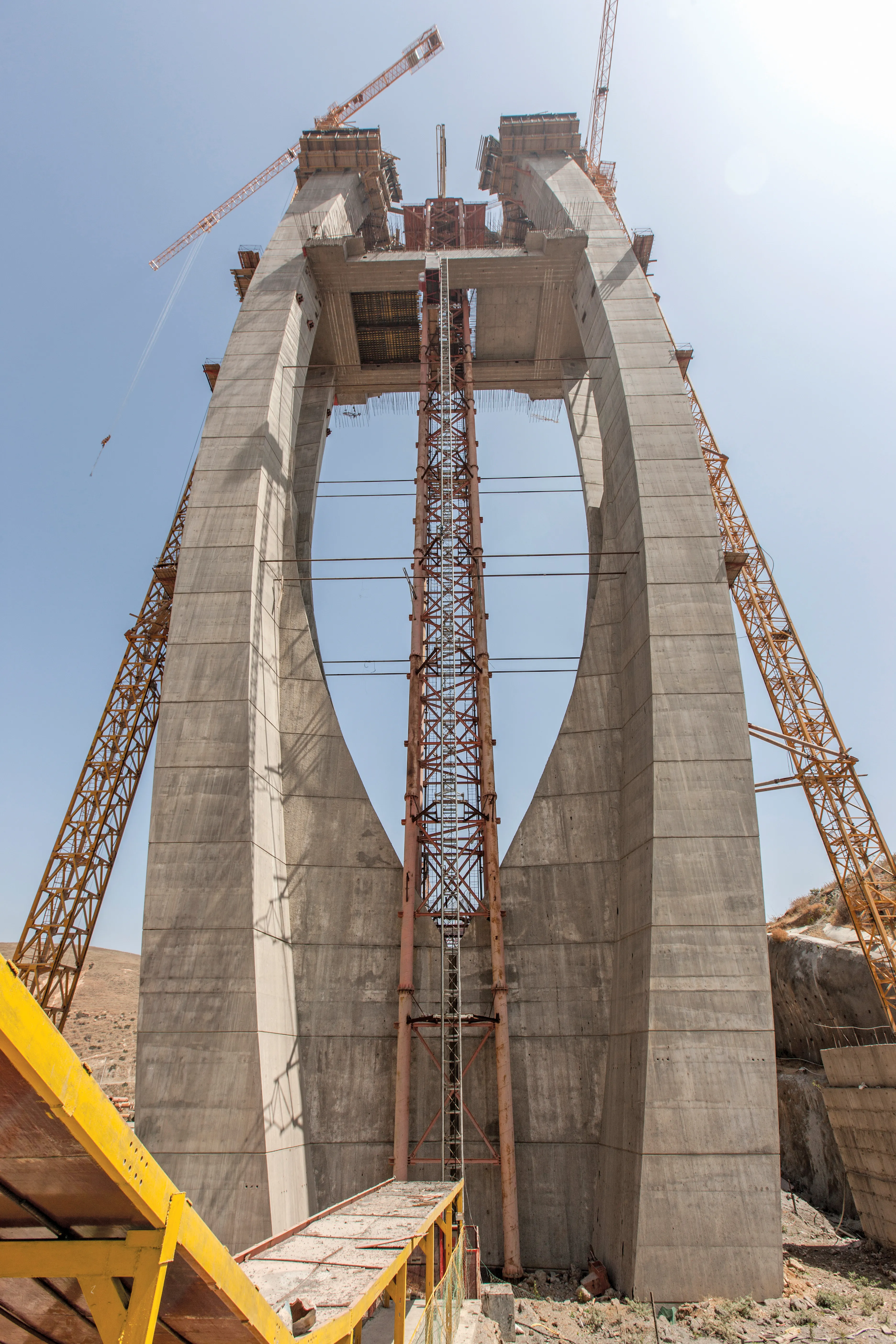The annual tunnelling conference and competition is due to take place in Miami from the 18th-20th November in Miami, Florida. This event also includes the Tunnelling and Underground Space Awards (ITA) and is organised jointly by by UCA of SME and the Tunnelling Journal.
The competition features eight categories and aims to identify the most important ongoing underground works and technologies that help cities change and enable habits and ways of life to evolve in order to build smart and sustainable urban areas.
One of the categories of the competition is focused on rewarding the Major Project of the Year (over US€500 million). Amongst the eight projects submitted for this category, the panel of judges identified four finalists that seem to pursue one common goal: managing urban expansion. Global growth impacts large-scale urban regions, in particular their attractiveness. However, land expansion occurs at the edge of existing urban areas, and cities have to adapt and change by investing in transport infrastructure to strengthen inner urban development or city-to-city connections despite difficult and complex geological conditions.
One project in the running for an award is the Wuhan Sanyang Road Yangtze River Tunnel, the first tunnel under the Yangtze river. It connects the Hankou and
It will serve as a corridor for the urban road tunnel and Line 7 subway tunnel, and it will also be an important part of Wuhan’s urban road network and subway network.
In the cross-river section constructed by a shield TBM , the urban road part is built in a superposed scheme, over the subway. This kind of tunnel is a world premiere and the diameter used for tunnelling is the largest in China for shield tunnels.
The construction of the urban-metro tunnel provides a new idea for intensive use of cross-river channel resources and underground urban spaces. The construction of urban tunnel and subway tunnel in a superposed manner challenges the traditional separated scheme and has environmental and economic benefits. It saves around 120,000m2 of land, reduces demolition significantly, and saves a total of about €75 million.
Overall cost for this project is €943.7 million. The client is the Wuhan Metro Group Co. The contractors involved are: Shanghai Tunnel Engineering; China Railway Erju Group;
Another project in the running for an award is for Hong Kong’s deepest, longest and largest sub-sea road tunnel. This project has the largest contract sum ever awarded in Hong Kong. The Tuen Mun Chek Lap Kok Link will provide an alternative access route to Hong Kong International Airport, located on Chek Lap Kok Island, which up to now has only been accessible via the Tsing Ma Bridge.
The works comprise a 4.5km twin-tube sub-sea tunnel with 57 cross passages as well as a 500m cut and cover section. Construction required two slurry TBMs with an excavation diameter of 14m. The teams had to use innovative solutions to cope with harsh ground conditions and hydrostatic pressure of 5bars at tunnel face (55m below sea level). The first 630m of excavation were also operated by a 17.63m diameter TBM, which was then reconfigured as a 14m diameter machine. 41 sub-sea cross passages were also constructed by mini TBM. The first breakthrough was completed in late February 2019 and the overall cost of works is estimated at €2.36 billion.
The client is the Highways Department, while the contractors are Dragages Hong Kong Ltd &
Tunnelling conference and competition
The annual tunnelling conference and competition is due to take place in Miami from the 18th-20th November in Miami, Florida.
The competition features eight categories and aims to identify the most important ongoing underground works and technologies that help cities change and enable habits and ways of life to evolve in order to build smart and sustainable urba
September 23, 2019
Read time: 4 mins







